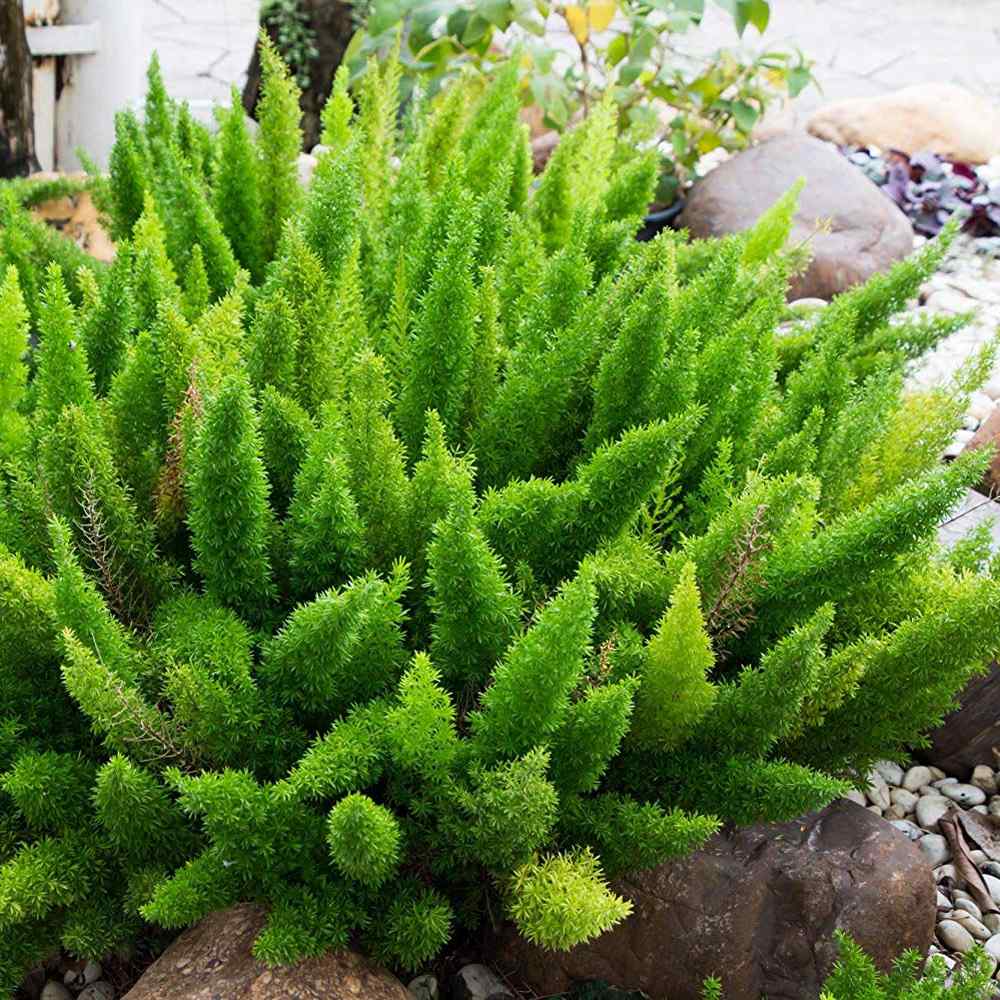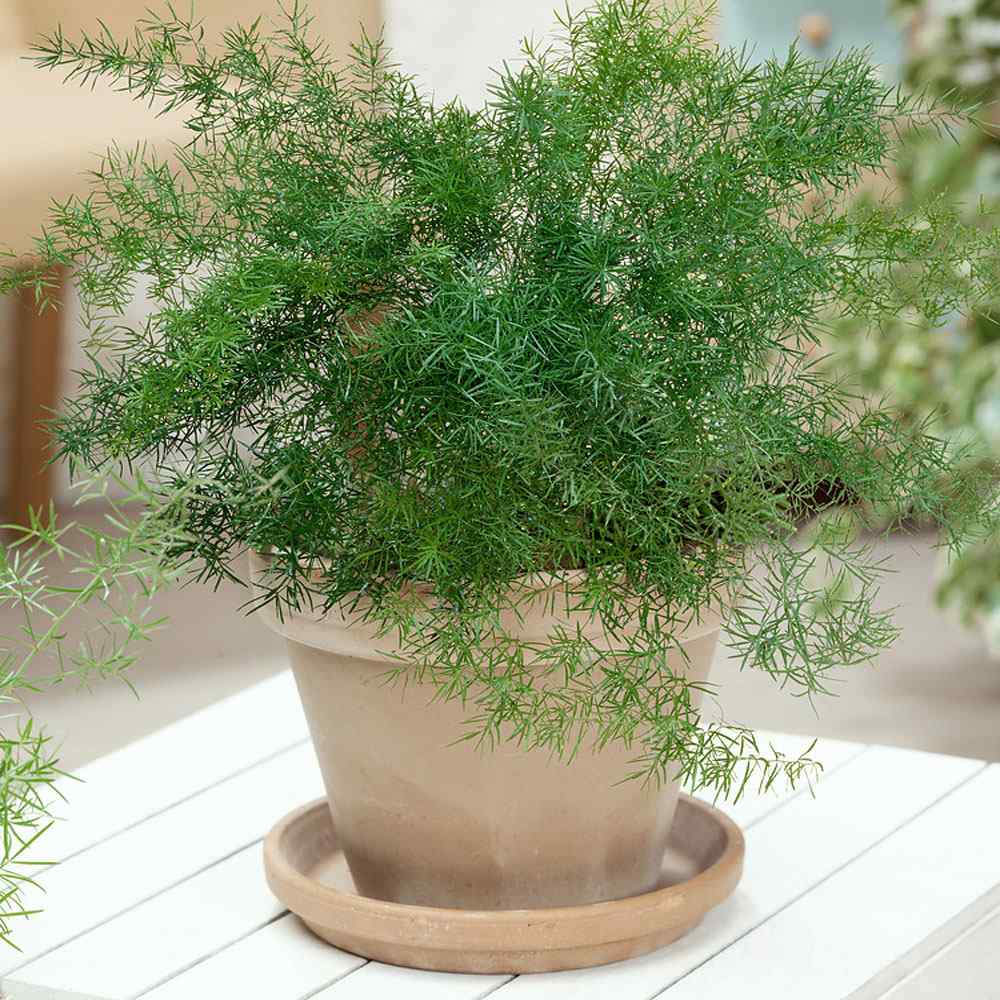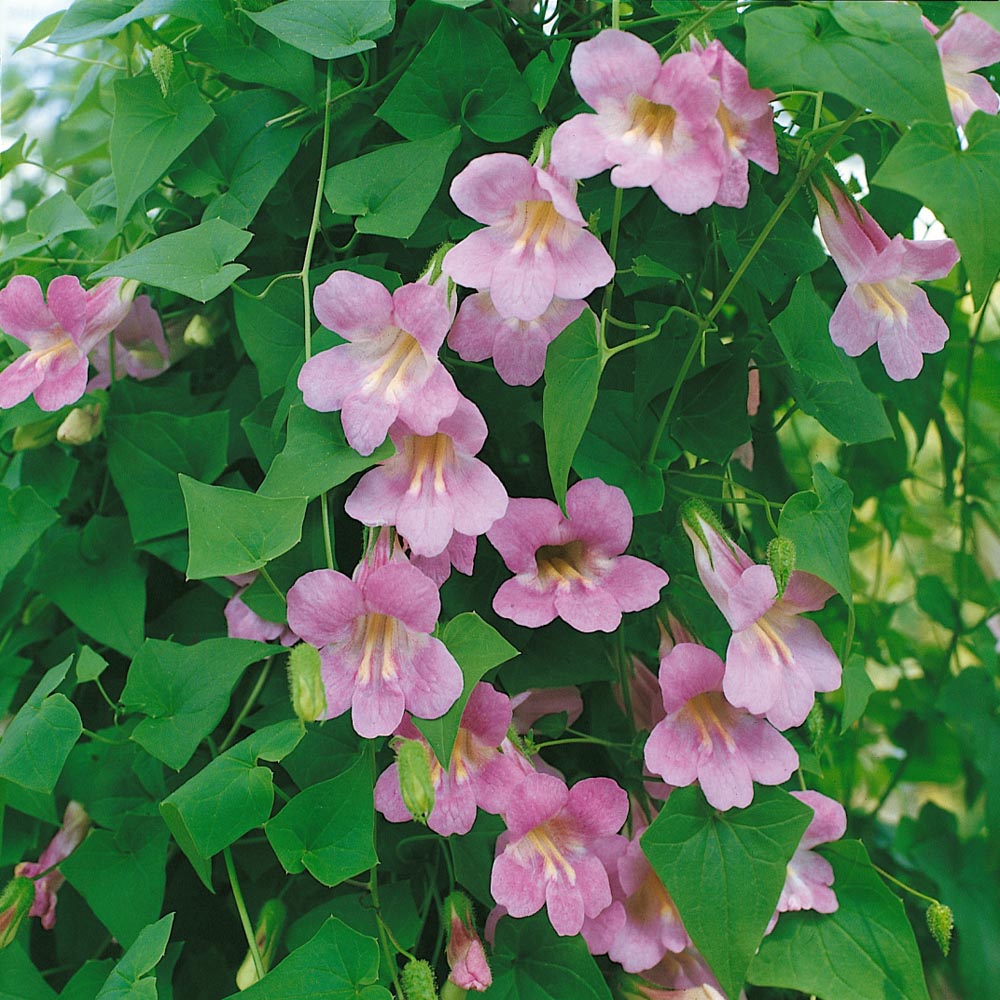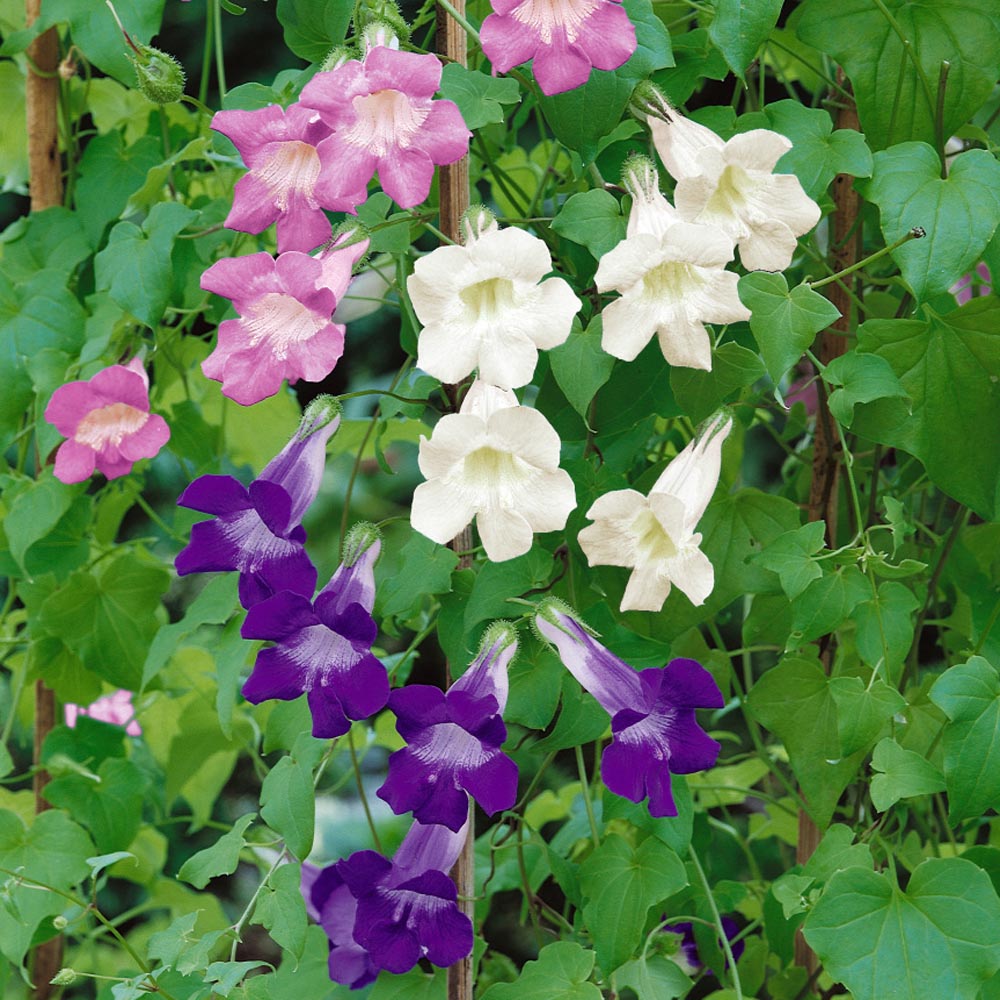
Bird of Paradise Planting Guide
Quick Facts About Bird of Paradise
Strelitzia Reginae seeds produce a very unusual yet prized flower. This seed grows into a long-lasting 4 foot plant, and the Bird of Paradise flower is similar in appearance to a bird's head. The center bloom stalk is 3 feet long and the multicolored bloom is 6 - 8 inches in length.
Planting Time
Seeds can take 2 months to germinate. Sow indoors in late fall.

Planting Location
Plant in full sun to partial shade. For most climates this plant will need to be kept indoors over winter so planting in a large container works best so it can be moved.
How to Plant Bird of Paradise
- Sow indoors in late fall.
- Soak seeds in room-temperature water for 24 to 48 hours before planting.
- Sow 1 - 2 seeds per plant.
- Remove any orange stringy material. Nick the seed with a knife or nail file.
- Plant the seed in a well-draining potting mix about 1 inch deep and at least 3 inches apart.
- Place the container in a warm, indirect sun location (at least 80 degrees Fahrenheit).
- Cover with a cloth or plastic wrap, keeping the soil moist but not soggy.
- Once the seedling germinates and produces two to three leaves, transplant to a 6-inch pot.
- Once your plant reaches 6 inches, it is ready for a more permanent home.
- If you are in a warm climate and planting outdoors you will harden off seedlings first. Accustom young plants to outdoor conditions by moving them to a sheltered place outside for a week. Be sure to protect them from wind and hot sun at first. This hardening off process toughens the plant’s cell structure and reduces transplant shock and scalding.
Potting and Repotting Bird of Paradise
- Bird of paradise is a rapidly-growing plant that needs to reach a certain size before it will bloom. A bird of paradise that is 3 to 4 feet tall grows well in a 10-inch pot. A 5 to 6-foot plant usually thrives in a 14-inch pot. Repot it every spring into the next-size-up pot.
- Once it reaches maturity, allow it to be pot-bound so that it will bloom. You can divide it by the time it has matured or bloomed at least once but do it infrequently since crowded clumps produce the most blooms. Repotting disrupts the bloom cycle.

Care And Maintenance
- Keep weeds under control during the growing season. Weeds compete with plants for water, space and nutrients, so control them by either cultivating often or use a mulch to prevent their seeds from germinating.
- Mulches also help retain soil moisture and maintain even soil temperatures. For annuals an organic mulch of shredded leaves lends a natural look to the bed and will improve the soil as it breaks down in time. Always keep mulches off a plant’s stems to prevent possible rot.
- In areas where it freezes for a prolonged time, you might kill this plant if you do not take it inside for the winter. In areas like zone 9, where it only dips low for short periods, you may be able to overwinter your plant outdoors; but it will need help to survive. To overwinter outdoors, cut the stem and leaves down to just 12 inches above the ground. Cover the entire stem and rhizome area with a layer of mulch, then leaf litter, and straw. Cover that with breathable row cover material and stake it down. As soon as spring arrives and the threat of the last frost is gone, remove the toppings.
- Let soil dry out between waterings to avoid root rot. If you plant is struggling with root rot you can pull up the root ball, cutting away blackened, moldy parts of the rhizome, apply a fungicide according to the instructions, and repot in a sterilized container with fresh, well-draining soil.
- Curling leaves are a sign of underwatering. This problem can be avoided by giving more water to you plant and making sure that the water runs freely from the bottom of the pot. This thorough watering ensures that all the roots have access to water, but make sure that the plant doesn't sit in that water.
- Yellowing leaves can mean several things. First, if the occasional leaf turns yellow, and the plant is mature, it can be part of the normal life cycle of the leaf. However, if several leaves begin to yellow it can be a sign your plants needs more humidity, it needs more nutrients, or if the yellowed leaves are toward the outside of the plant, it's not getting a through watering. Increase each of those factors—one at a time—to see if that solves the problem.
- Slits for breaks in the leaves are normal. Bird of Paradise developes slits to allow air circulation around the leaves and roots. Air circulation will help control mold and other pest problems for your plants.




































